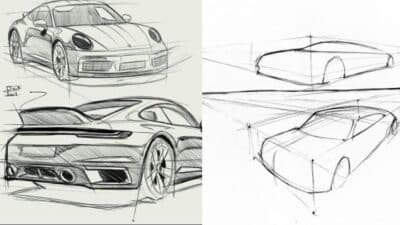
Ever stared at a pristine white page, pencil poised, and felt absolutely nothing? That crushing sensation of your creativity hitting a brick wall? You’re not alone. Welcome to the frustrating, yet incredibly common, world of overcoming drawing block. It’s that moment when inspiration vanishes, motivation dwindles, and the joy of creating feels like a distant memory. But here’s the good news: this isn’t a permanent state. It’s a sign that your creative well needs a refill, a change of scenery, or just a good old-fashioned shake-up.
This article isn’t about pushing harder when you’re already drained. It’s about finding fun, low-pressure ways to trick your brain back into creative mode. We’re going to explore playful exercises, mind-shifts, and external sources of inspiration that will help you kick that block to the curb and fall back in love with your art. Let’s turn that blank page into a playground!
Pros and Cons
| Pros | Cons |
|---|---|
| – Rekindles joy and passion for art | – Requires consistent effort and patience |
| – Develops new skills and techniques | – Can feel frustrating at times |
| – Boosts confidence and self-expression | – May involve stepping out of comfort zone |
| – Reduces stress and mental fatigue | – Initial results might not be perfect |
| – Connects you with other artists | – Can be mentally challenging |
Understanding Drawing Block: More Than Just a Bad Day

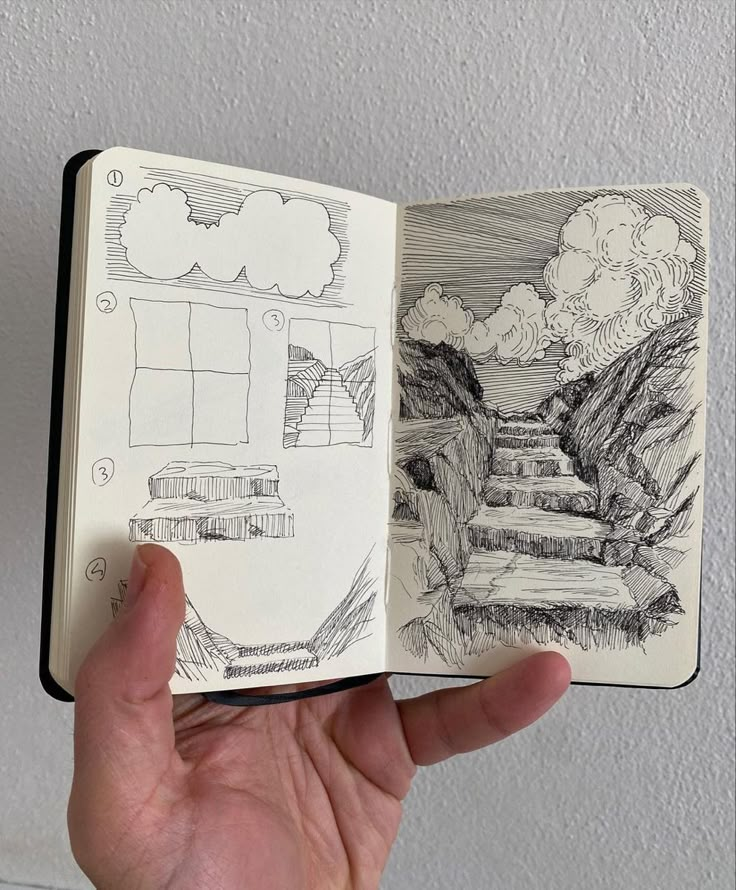

Before we dive into solutions, let’s quickly unpack what drawing block actually is. It’s not simply a lack of ideas. Often, it’s a complex mix of perfectionism, fear of failure, comparisonitis, burnout, or a general lack of inspiration.
- Perfectionism: This is a big one. The moment you pick up that pencil, an invisible critic whispers, “It has to be perfect.” This pressure often paralyzes us, making us hesitant to even start. We become so focused on the ideal outcome that the process itself feels daunting. This can stem from internal standards or external pressures, like comparing your work to professional artists on social media.
- Fear of Failure: What if it looks bad? What if I waste my time? These questions can stop you before you even make a mark. This fear is a close cousin to perfectionism and often leads to avoidance. You’d rather not try than try and “fail.”
- Comparisonitis: Scrolling through Instagram or Pinterest, seeing endless streams of incredible art, can be both inspiring and incredibly demotivating. It’s easy to look at someone else’s masterpiece and think, “I could never do that,” or “My art isn’t good enough.” This destructive habit steals your unique voice and replaces it with self-doubt.
- Burnout: Art, even a hobby, can be demanding. If you’ve been pushing yourself too hard, trying to meet deadlines, or simply drawing without breaks, your creative energy can deplete. Burnout leaves you feeling drained, uninspired, and sometimes resentful towards your art.
- Lack of Inspiration: Sometimes, the well just runs dry. You feel like you’ve drawn everything, seen everything, and there’s nothing new to spark your imagination. This can be caused by a stagnant routine, lack of new experiences, or simply needing a fresh perspective.
Recognizing the root cause of your block can be the first step towards dismantling it. Knowing why you’re stuck helps you choose the right tools to get unstuck. It’s like diagnosing a car problem – you wouldn’t just kick the tires if the engine light is on!
Changing Your Perspective: New Tools & Techniques
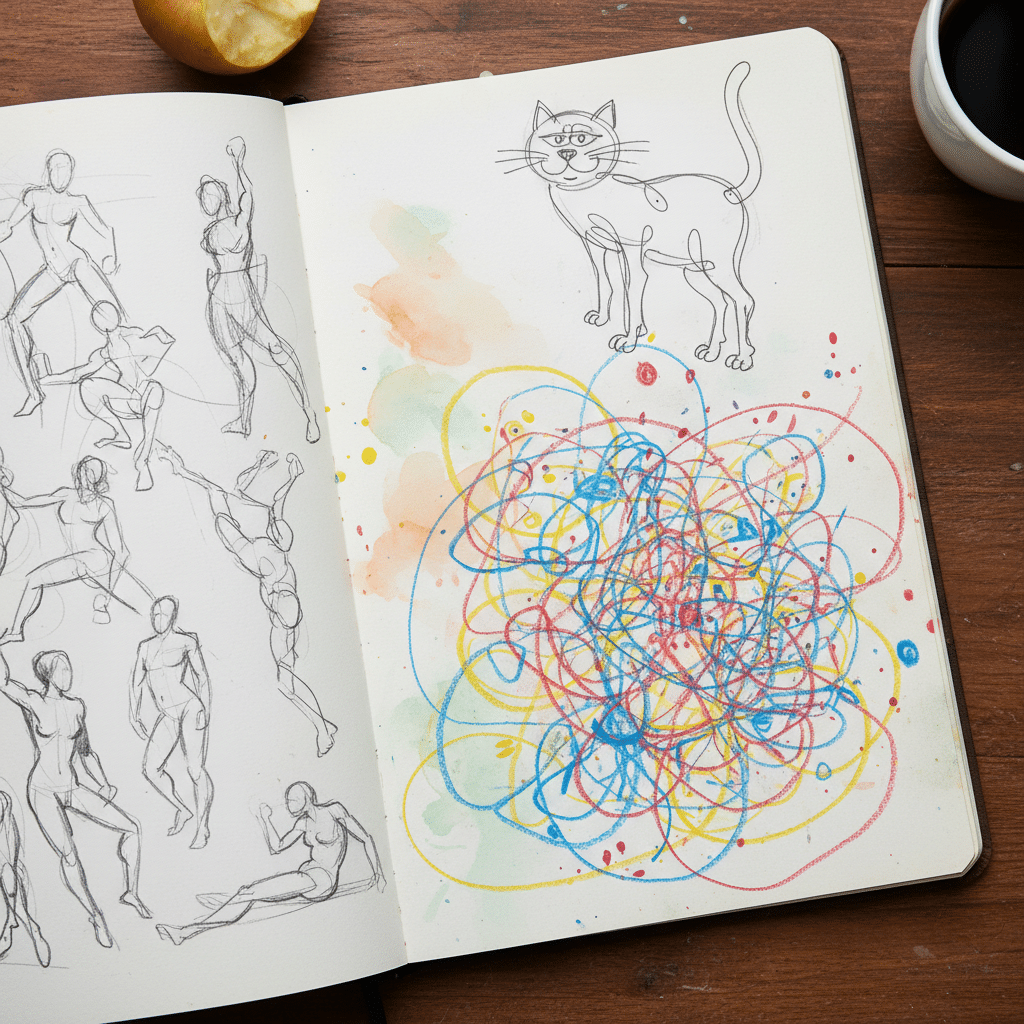
Sometimes, the block isn’t internal; it’s a reflection of your routine. Doing the same thing, the same way, can lead to stagnation. Mix things up!
Explore Different Mediums
If you always draw with graphite, try charcoal, pastels, ink, or even digital art. Each medium has its own feel and demands a different approach.
- Charcoal: Messy and expressive, great for quick studies and dramatic effects.
- Ink: Forces you to commit to lines, teaching confidence and precision. You can explore different pen and ink techniques for a fresh challenge.
- Watercolor: Unpredictable and fluid, encourages letting go of control.
- Digital Art: Offers endless possibilities with layers, brushes, and undo buttons, which can be less intimidating for some. If you’re used to traditional, trying a new digital platform can unlock new ways of thinking.
Try New Art Styles
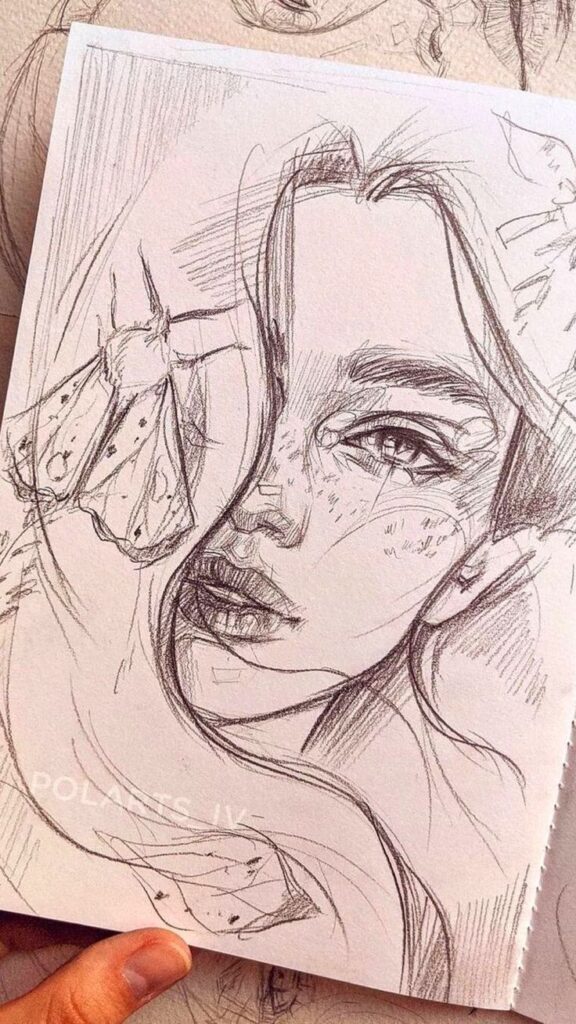

Are you always aiming for realism? Try cartooning, abstraction, or impressionism. Challenge yourself to emulate a style you admire, not to copy it perfectly, but to understand its essence. This broadens your artistic vocabulary and helps you see your own subjects in new ways. Think about how a minimalist artist would approach your subject, or how a comic artist would exaggerate its features.
Collage Art
This is a fantastic way to bypass direct drawing entirely while still engaging your visual brain. Gather old magazines, newspapers, patterned papers, and found objects. Cut, tear, and glue them together to create new images or abstract compositions. The act of selecting, arranging, and transforming existing elements can spark ideas and help you visualize new arrangements, which can then feed back into your drawing practice. It’s a great low-pressure way to create something visually interesting without drawing a single line. In fact, many people enjoy the therapeutic process of creating creative collage art for walls.
Seeking Inspiration Everywhere: Fueling Your Creative Well
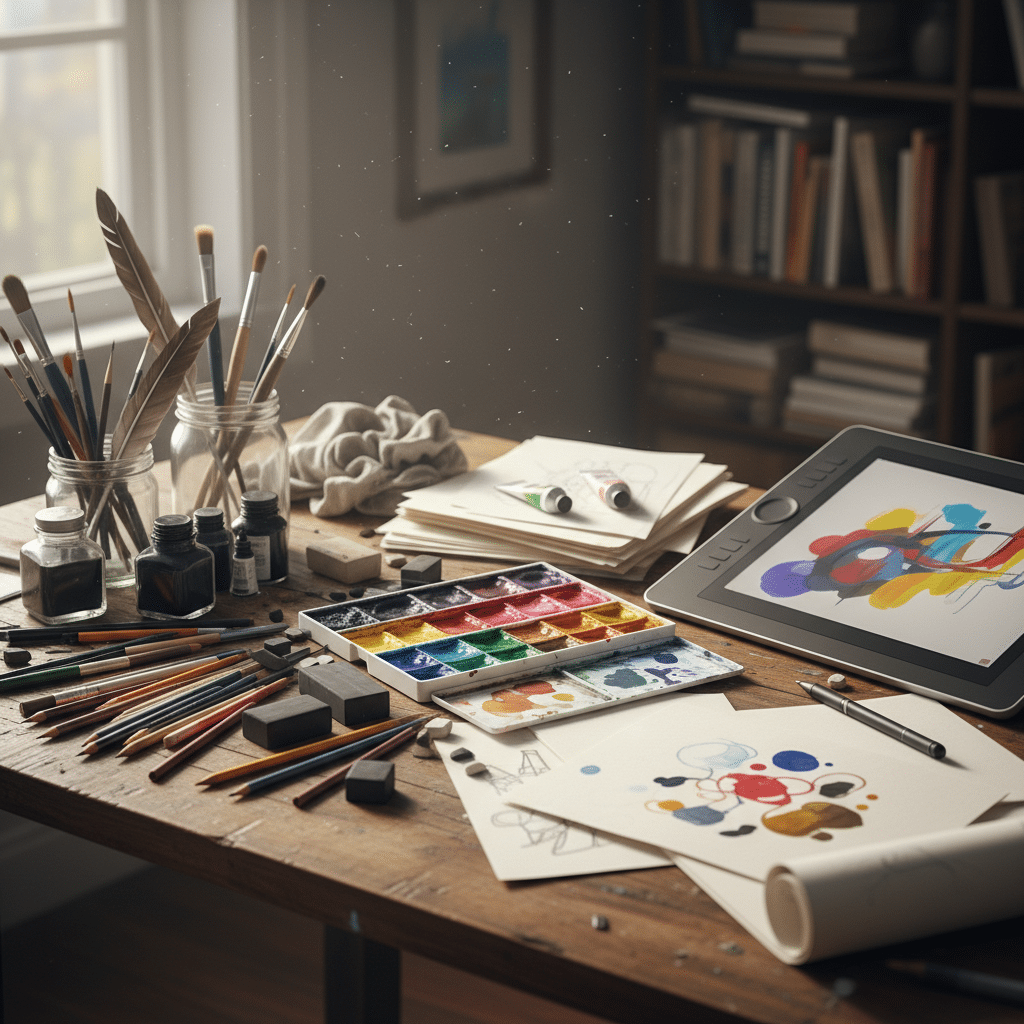
Sometimes, the block comes from a lack of fresh input. Your creative well needs refilling, and the world is full of potential sources.
Observe the World Around You
Pay attention to the mundane. The way light hits a building, the texture of a worn-out sidewalk, the expression on a stranger’s face. Carry a small sketchbook and make quick observational notes or sketches. Even if you don’t draw it perfectly, the act of observation trains your artist’s eye. Look at patterns, shadows, colors, and compositions in everyday life. You’d be surprised what a simple walk can inspire.
Engage with Other Art Forms
It doesn’t always have to be drawing.
- Visit a museum or gallery: See how other artists tackle different subjects and emotions. Pay attention to technique, composition, and color.
- Watch a movie or read a book: Analyze the storytelling, cinematography, or descriptive language. How does the director use light and shadow? How does the author paint a picture with words?
- Listen to music: Close your eyes and let the music create images in your mind. Try drawing what you “see” or feel. Different genres can evoke different visual responses.
- Photography: Even if you’re not a photographer, taking pictures of interesting scenes, objects, or people can be a great way to build a visual reference library and practice composition.
Explore Online Resources and Prompts
The internet is a treasure trove of inspiration.
- Pinterest and Instagram: Create mood boards of styles, colors, or subjects that resonate with you. But remember to use these platforms for inspiration, not comparison.
- Daily drawing prompts: Many websites and art communities offer daily challenges. These can give you a starting point when you feel utterly blank.
- Wallpapers: Browsing visually striking imagery, such as funny phone wallpapers, can sometimes unexpectedly spark an idea for a character or a scene. Look at graphic design, architecture, fashion – anything that catches your eye.
Structuring Your Practice: Small Steps, Big Gains
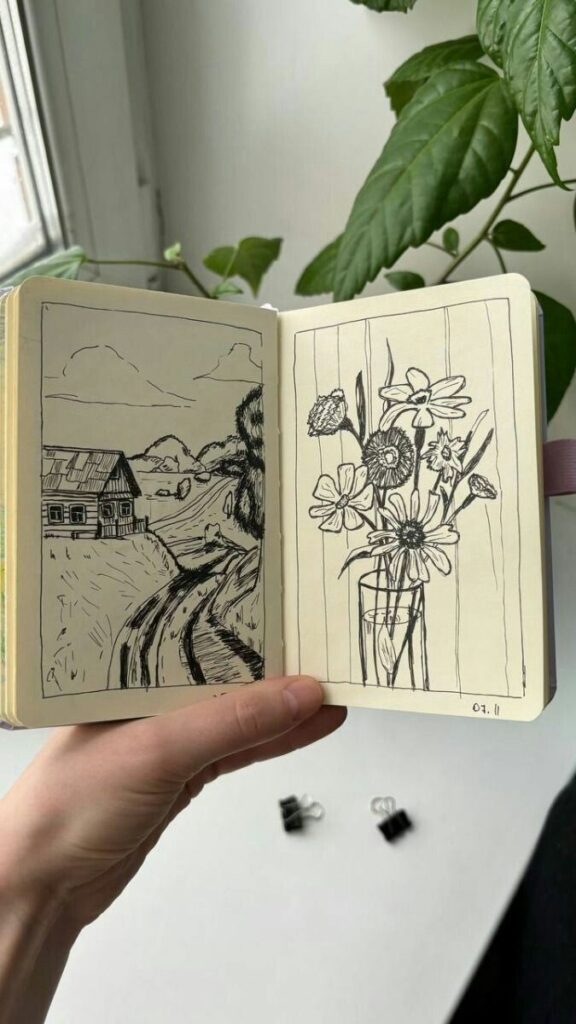

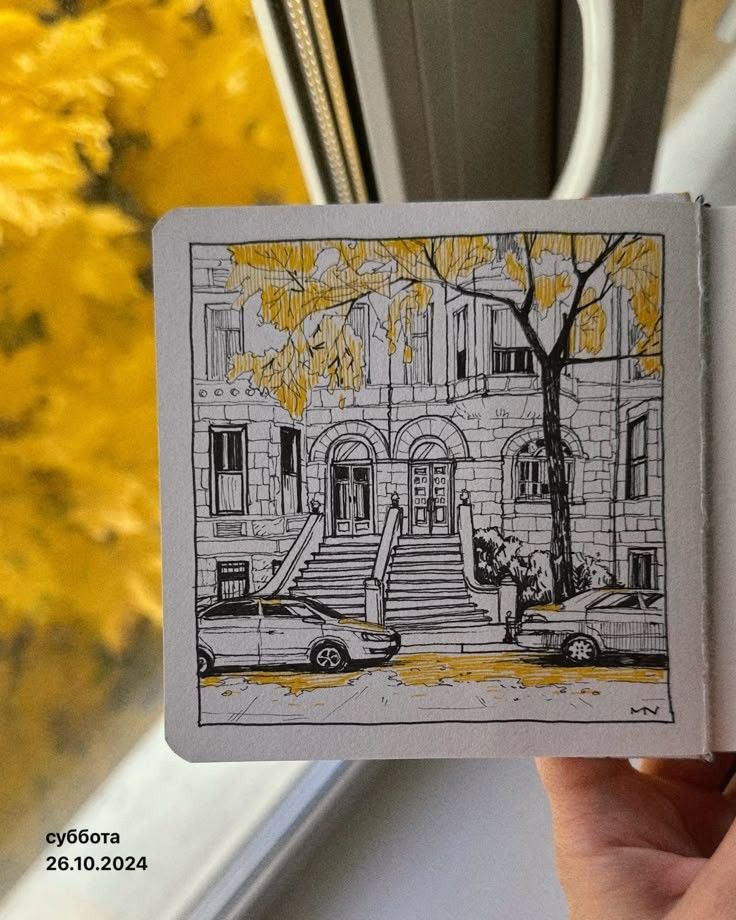
Getting back into a routine, even a loose one, can be incredibly helpful for overcoming drawing block. It’s about building momentum through consistent, manageable efforts.
The “Ugly Sketchbook” Method
Designate a sketchbook as your “ugly sketchbook.” This book has no rules, no expectations, and no pressure. Fill it with bad drawings, messy ideas, scribbles, notes, and experiments. The goal is to fill the pages without caring about the outcome. This simple act can be incredibly liberating because it gives you a safe space to fail and explore without judgment. It removes the preciousness of your art.
Micro-Sessions
Instead of trying to carve out huge blocks of time, aim for micro-sessions. Five to fifteen minutes of drawing can be more effective than waiting for a two-hour window that never appears. These short bursts keep your creative flow going and prevent the build-up of pressure. You can fit them in during a lunch break, while waiting for the kettle to boil, or before bed. Even a quick 5-minute basic human figure sketching session can keep your skills limber.
Daily Drawing Challenges
Join an art challenge! Inktober, Huevember, Mermay – there are themed challenges for every month and interest. These provide structure, prompts, and a sense of community. The built-in deadlines (even self-imposed ones) can motivate you to create, and seeing how others interpret the same prompt can be inspiring. It’s a commitment to show up for your art, even when you don’t feel like it.
Experiment with Themes
If specific prompts feel too restrictive, try working with a broader theme for a week or a month. For example, “draw something green every day,” or “focus on texture.” This gives you direction without dictating the exact subject. It allows for creative exploration within a gentle boundary. You might find yourself drawing a mossy rock one day, and a lime green monster the next!
Mindset Matters: Overcoming the Inner Critic

Your mindset plays a massive role in whether you get stuck or stay flowing. Learning to manage your inner critic is crucial.
Practice Positive Self-Talk
When that critical voice starts whispering doubts, actively challenge it. Instead of “This is terrible,” try “This is a learning opportunity.” Instead of “I can’t do this,” try “I’m going to try my best.” Be as kind to yourself as you would be to a friend learning something new. Your inner dialogue profoundly impacts your creative confidence.
Celebrate Small Wins
Finished a doodle? Tried a new medium? Made a mark on the page? Celebrate it! Every little step forward is a win. Don’t wait for a masterpiece to feel accomplished. Acknowledging these small victories builds momentum and positive reinforcement, making you more likely to try again.
Separate Your Self-Worth from Your Art
This is perhaps the most important point. Your value as a person is not tied to the quality of your drawing. A “bad” drawing doesn’t make you a “bad” artist or a “bad” person. Art is an expression, an experiment, a journey. Detach your identity from the outcome, and you’ll find immense freedom to create without fear. You are more than your art.
Embrace the “Happy Accident”
Some of the most interesting artistic discoveries happen by accident. Instead of seeing a mistake as a failure, see it as an opportunity. How can you incorporate it? How can you work with it? A smudge can become a shadow, a tear can become part of the texture. This reframes “mistakes” as creative opportunities and reduces the pressure to be perfect.
Taking a Break: When Stepping Away Helps



Sometimes, the best way to overcome a block is to simply step away. Forcing creativity rarely works.
Engage in Non-Art Activities
Do something completely unrelated to art. Go for a walk, cook a new meal, listen to a podcast, read a book, do some easy craft ideas, or spend time in nature. Giving your brain a break from intense creative thought allows it to recharge and process. Often, ideas will surface when you least expect them, when your mind is relaxed.
Change Your Environment
A change of scenery can work wonders. If you always draw in your studio, try sketching in a coffee shop, a park, or a different room in your house. Even reorganizing your workspace can provide a fresh perspective. Creating a more inspiring or cozy interior design tips environment can stimulate your senses and spark new ideas. Sometimes, just sitting on a different chair can make a difference.
Get Enough Rest
Creative work, even when it’s fun, uses a lot of mental energy. Make sure you’re getting enough sleep and taking proper breaks throughout your day. Burnout is a real block, and rest is the antidote. Think of it as charging your creative batteries.
Reconnect with Your “Why”
Think back to why you started drawing in the first place. Was it the sheer joy of it? The desire to express something? The challenge? Reconnecting with that original spark can reignite your passion and purpose. Look at old drawings you enjoyed creating, or reflect on artists who first inspired you.
Community and Critique: Connecting with Other Artists
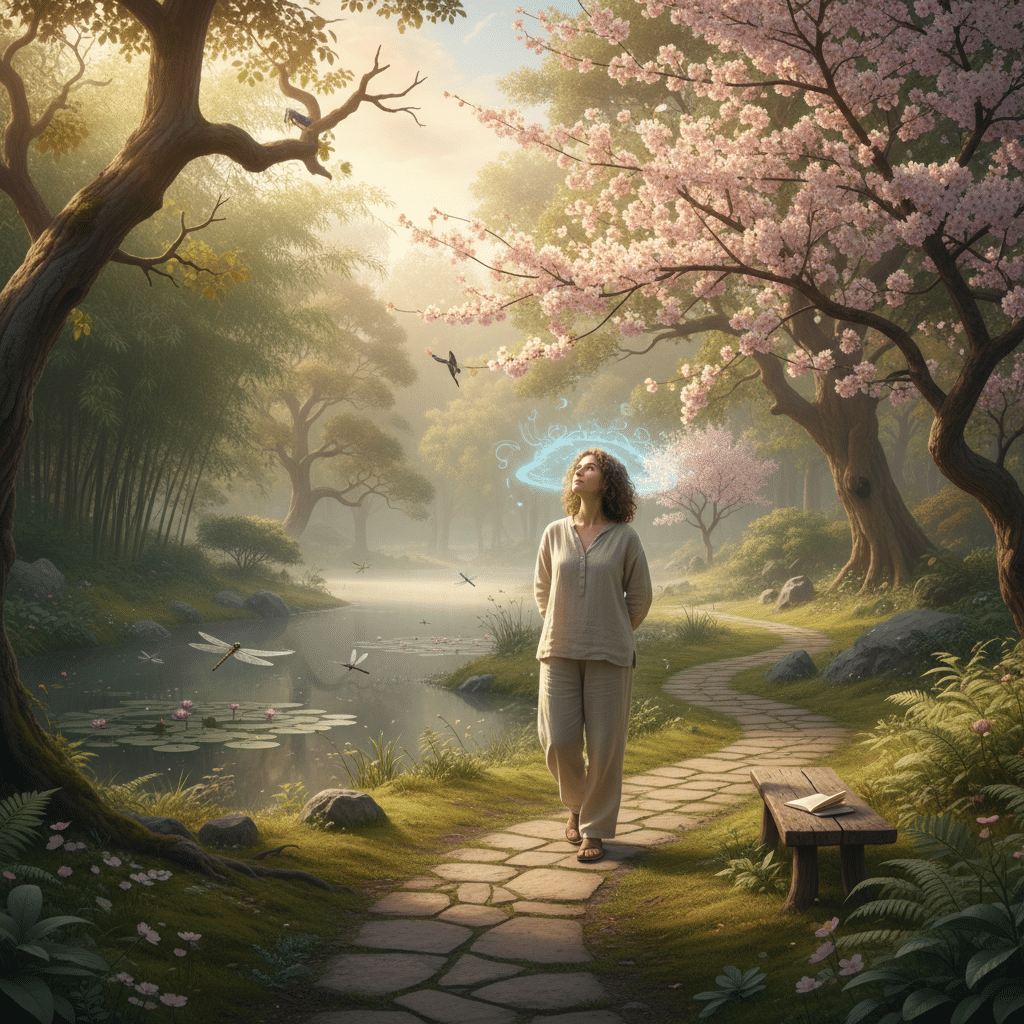
Art can be a solitary pursuit, but connecting with others can provide invaluable support and fresh perspectives.
Join Art Communities
Whether online forums, local art groups, or workshops, connecting with other artists can be incredibly beneficial. You can share your struggles, get feedback, and see how others tackle their own creative blocks. The sense of camaraderie can be very motivating. Seeing other people’s work, especially their process, can be deeply inspiring.
Share Your Work (Gently)
Sharing your art, even incomplete pieces, can be scary, but it’s a powerful way to gain perspective. If you’re comfortable, ask for constructive feedback. Frame it as “What could I explore next?” rather than “Is this good or bad?” Choose trusted friends or mentors who will offer gentle, helpful critique. A fresh pair of eyes can spot things you’ve overlooked. Sharing your original character art ideas with a community can lead to exciting collaborations and feedback.
Teach or Mentor
Explaining concepts or techniques to someone else can solidify your own understanding and appreciation for your skills. It reminds you of how far you’ve come and helps you articulate your own process, which can sometimes reveal where you might be getting stuck. It’s a great way to give back and reinforce your own artistic identity.
Attend Workshops or Classes
Learning a new skill or refining an old one in a structured environment can be a huge boost. It introduces you to new techniques, different teaching styles, and other creative individuals. The commitment of a class often pushes you past your comfort zone and forces you to create, often with surprising results. Plus, you get direct feedback from an instructor.
Conclusion: Embrace the Journey, Enjoy the Process

Overcoming drawing block isn’t a one-time fix; it’s an ongoing journey of self-discovery and creative maintenance. Think of your creativity like a garden – it needs tending, watering, and occasional weeding. Some days will be sunny and full of blooms, while others might feel a bit barren. That’s perfectly normal.
The most important takeaway is to be kind to yourself. Release the pressure of perfection. Embrace experimentation. Play more. Find joy in the process, not just the finished product. By trying these fun, low-stakes methods, you’re not just overcoming a block; you’re deepening your relationship with your art, rediscovering your passion, and growing as an artist. So, grab a pencil, try something silly, and remind yourself why you started drawing in the first place. The blank page isn’t a threat; it’s an invitation. Happy creating!
- 78shares
- Facebook0
- Pinterest78
- Twitter0

